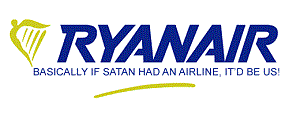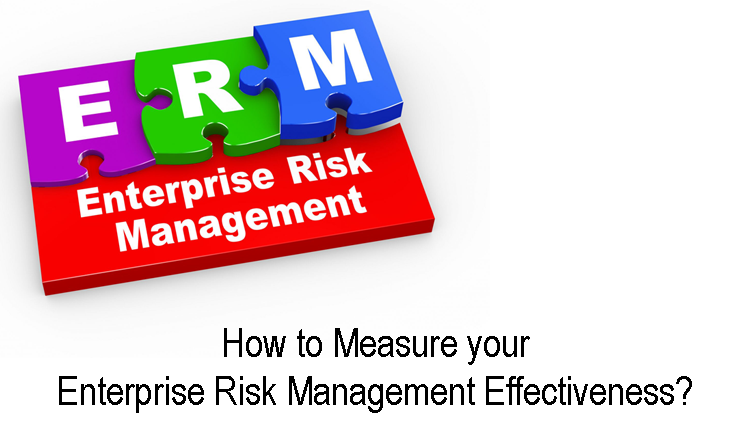While more and more organizations are now increasingly focused on risk management, the majority of them struggle with measuring the effectiveness of their ERM processes. Check out this post to know different ways in which you can measure and quantify the working of your ERM strategy.
Owing to the recent financial disasters and ethical scandals that some of the biggest organizations across the world have recently suffered from, businesses are now well-aware of the importance of risk management. Risk managers continuously work on their ERM processes to keep their organizations protected against common risks.
But while many enterprises now do have ERM processes, most of them are unaware of how the effectiveness of the process can be measured. There are so many internal and external elements at work in the success or failure of a business initiative that knowing the exact ERM contribution can be very challenging.
However, there are some ways in which the effectiveness of ERM processes can be increased. Some of the most popular ones are as follows-
-
Total Number of Identified Risks
In the risk identification process, especially the ones undertaken by professional ERM advisory services, downstream and upstream dependencies of the organization are detected. In other words, the areas or processes that are unknowingly affecting other operations or functions of the organization are identified.
A lot of times, such identification processes also help detect areas that are unknowingly benefiting other areas of the business. The higher and more accurate the number of identifying such cross-dependent risks, the more effective will be the risk management processes.
-
Know the KPIs and KRIs
Key Performance Indicators (KPIs) and Key Risk Indicators (KRIs) are commonly used metrics for evaluating the performance of a business. These KPIs and KRIs can also be used for measuring the different risks of a business initiative.
If these metrics are analyzed for an extended period, they could help an organization know how much a business process has deviated from a particular goal or objective. The metrics can be improved for reducing the deviation and enabling a business to get closer to the set objectives.
-
Focus on Total Risks Monitored and Mitigated
All the different types of business processes that an organization depends upon for day-to-day operations are linked to several risks. Any change in the business operation could impact the level of risk. Thus, at the time of risk assessment, the activities can be linked to the expected risks to help an organization know the risks that should be closely monitored.
Once the risks are known, it can then also be easier to understand the percentage and types of risks that have been mitigated. With the help of this information, an organization would be able to allocate more resources to active risks. Moreover, it would ensure that no resource is wasted on risks that have already been mitigated or the ones that are not expected to have any major consequences.
-
Implementing Early Warning Systems
There are now early warning systems that make use of scenario analysis, data analytics, intelligence gathering, and other modern concepts to effectively assess how the alternative future of a business initiative could impact the organization.
Higher the focus is on detecting emerging risks in an Enterprise Risk Management (ERM) process, the lower will be the chances of a business initiative resulting in an unexpected outcome. Timely access to information about such expected risks could help the decision-makers spend the time and other resources in a manner that such risks could be prevented or at least their impact could be minimized.
Improving the Efficiency of ERM Processes
As you can see, there are many different ways in which the effectiveness of ERM processes can be significantly improved while also making it easier for organizations to measure their impact. As the process can be challenging and need unique expertise, most organizations rely on professional advisory services.
With the expertise of experienced risk advisors, businesses can create dynamic ERM strategies that could effectively identify potential risks for timely mitigation.

